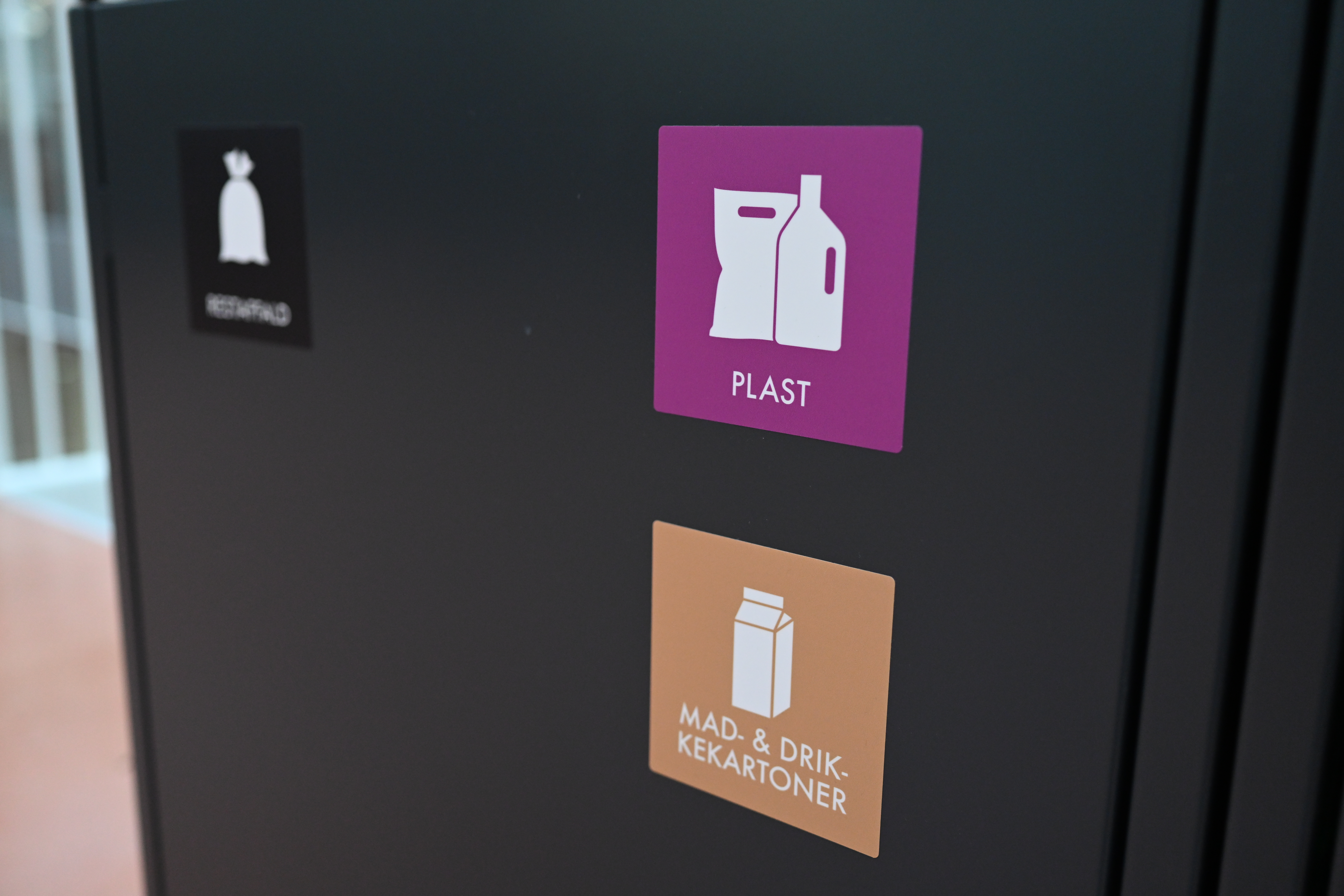
The majority of children and young people find it easy to sort plastic waste
Results from this year’s Mass Experiment reveal that only 13% of surveyed children and young people found sorting plastic waste difficult.
In 2021, Analyse Danmark conducted a survey for Fagbladet 3F, showing that "31% of Danes consider sorting waste too complicated."
However, Danish children seem to have less difficulty understanding it, at least when it comes to plastic waste.
Results from the 2024 Mass Experiment, in which 7,310 children and young people participated in mapping plastic sorting, show that only 13% of respondents find it challenging to sort plastic, while 54% think it is easy. 33% neither find it easy nor difficult.
This is good news, according to Lykke Margot Ricard, assistant professor in sustainable innovation at the University of Southern Denmark:
- Habits do not change overnight, and we know that when new waste categories are introduced, it can be difficult to sort correctly. This is especially true for plastic, where data shows Denmark performs relatively poorly compared to other European countries. In 2021, only 23% of plastic packaging waste in Denmark was recycled, while in Germany, for example, it was 49%, she says
- But if most Danish children and young people think it is easy to sort plastic waste correctly, there is significant hope for the future and for the waste sorting initiatives that municipalities have invested substantial resources in implementing uniformly across the country."
Chips bags cause issues
Lykke Margot Ricard is one of the researchers behind the Change4Circularity project, which will now translate the Mass Experiment results into practical solutions to help Danes recycle more, consume less, and sort better.
One area where improvements could be made, according to Lykke Margot Ricard, is in the use of composite materials, i.e., packaging made from multiple materials.
Examples include crisp packets, which contain both plastic and metal foil. Results from the Mass Experiment show that Danes generally struggle to sort these.
- Because mixed products are confusing, focusing on simpler packaging and plastic wrapping made from pure, easily identifiable plastic products – for example, the plastic used for storing meat, carrots, and raspberries – would make sense. This would increase the amount of plastic available for recycling, says Lykke Margot Ricard.
Information campaigns are effective
A common question in the debate on waste sorting is how people can sort waste into ten categories if they live in a flat or a small residence.
However, results from the Mass Experiment show that housing type is less significant in determining whether children and young people find it easy or difficult to sort waste.
- Whether one lives in a house, a flat, or another type of housing does influence how easy one finds it to sort plastic at home. But the difference between flat and house seems to matter less than the strength of factors such as experience and knowledge, explains Lykke Margot Ricard.
The fact that knowledge and habits are apparently the dominant factors in how easy people find waste sorting also means that information campaigns and sorting pictograms are actually effective. The results also showed that if parents sort waste, their children find it easier to do so too.
- The results clearly show that the more effort one puts into sorting, the easier it becomes, says Lykke Margot Ricard.